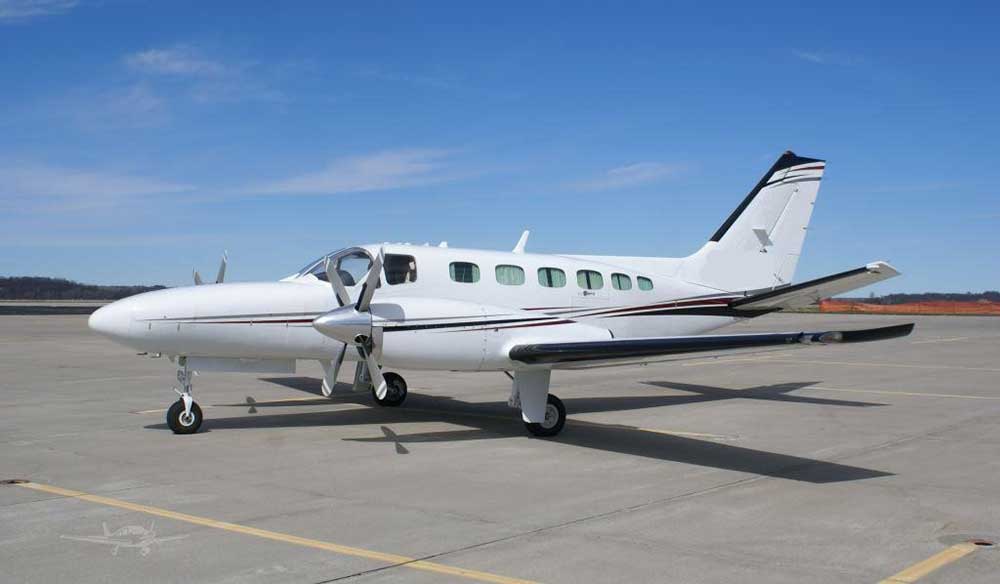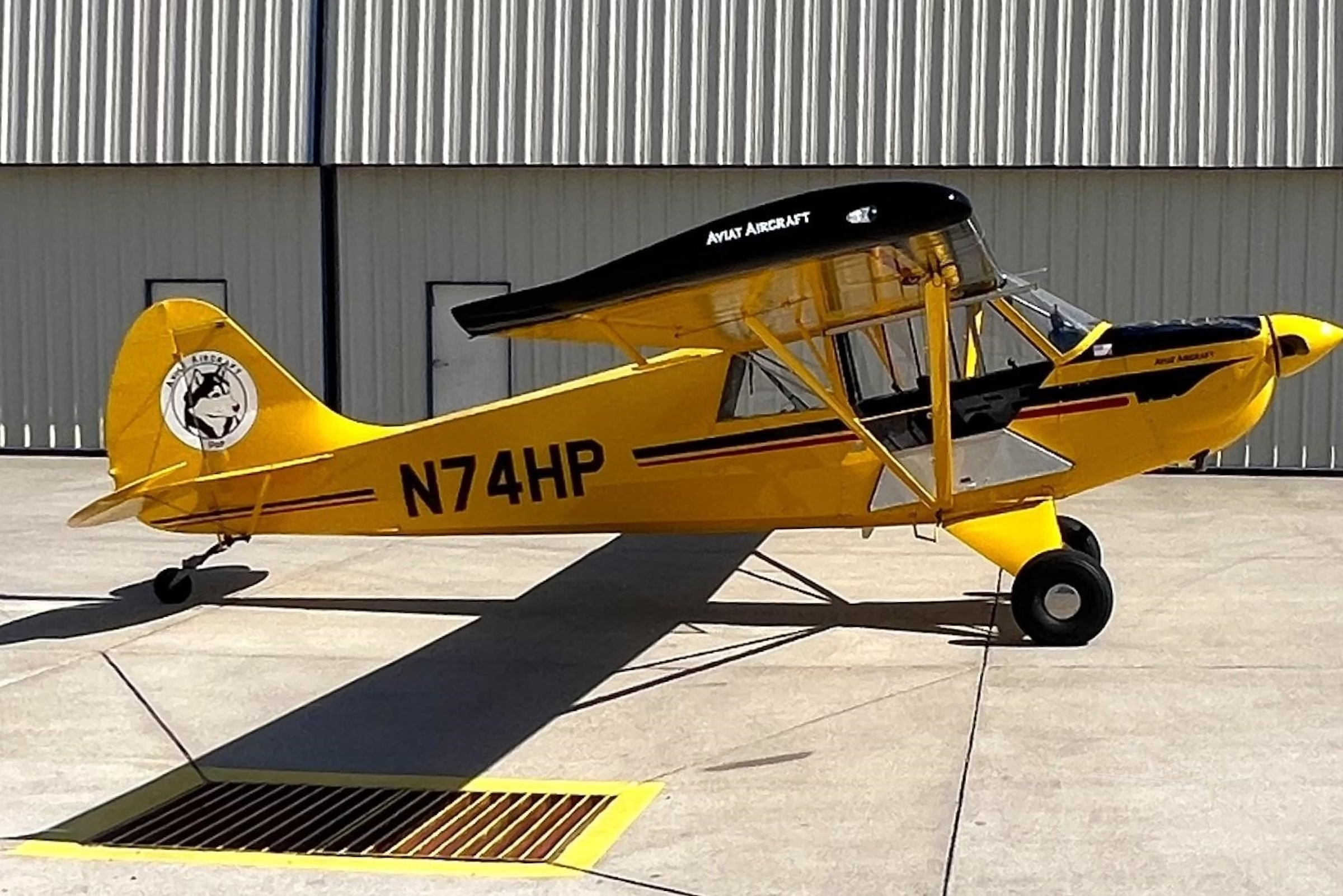
A Cessna 441 Conquest similar to the accident aircraft. Griffith Aviation
The pilot of the Cessna Conquest that crashed about 60 miles northwest of Indianapolis a few weeks ago was ATP-rated and filed an IFR flight plan for the nighttime run from Eagle Creek Airport to Green Bay, Wisconsin. The Cessna 441 Conquest is a twin turboprop capable of carrying 10 passengers and has been out of production for 30 years. The trip should have been almost routine for an instrument-rated pilot.
The airplane departed at 1920 local time into a 1,500-foot overcast layer with 10 miles visibility beneath the clouds. Temperature on the ground was +7C with a light wind from the southeast. Nineteen minutes after departure, the pilot apparently lost control of the aircraft. The impact moments later claimed his and the lives of his two passengers.
The National Transportation Safety Board’s preliminary report said the controller at Indianapolis Departure Control queried the pilot shortly after takeoff when they noticed the aircraft was off its assigned heading and altitude. The pilot responded he was “out of control,” but moments later regained control, explaining he was experiencing a trim problem.
Departure assigned a heading of 310 degrees and cleared the Conquest to 13,000 feet before switching the pilot to Chicago Center. When the Conquest pilot checked in, he reported out of 10,600 for 13,000 and was eventually cleared to FL 230. The center controller handed the aircraft to the next sector and instructed the pilot to change frequencies when he again reported trim issues. That was the last communication with the pilot. The aircraft disappeared from radar about the same time.
The last update of N771XW on Flight Aware showed the aircraft on a north heading climbing through 28,000 feet at approximately 6,000 fpm. On the next update about one minute later, the aircraft had simply disappeared with no further updates in the system.
Several witnesses near the area of impact reported hearing the aircraft and said while the engine sounds were loud, they appeared to be steady. The aircraft impacted in a soft, muddy field with the wreckage path stretching approximately ¼ of a mile.
While the end of this flight is certainly somewhat bizarre, investigators will be looking at records of the pilot’s experience and currency, as well as the history of this particular aircraft. The NTSB will also look at the history of the 441 as a type, because the Cessna 441 fleet was twice grounded by the FAA in the late 1970s after one aircraft broke up in flight near Greensboro, Alabama. That accident resulted in Cessna redesigning elements of the 441’s tail section. About 360 of the C441 model were built before Cessna ended production in 1986.

Sign-up for newsletters & special offers!
Get the latest FLYING stories & special offers delivered directly to your inbox






